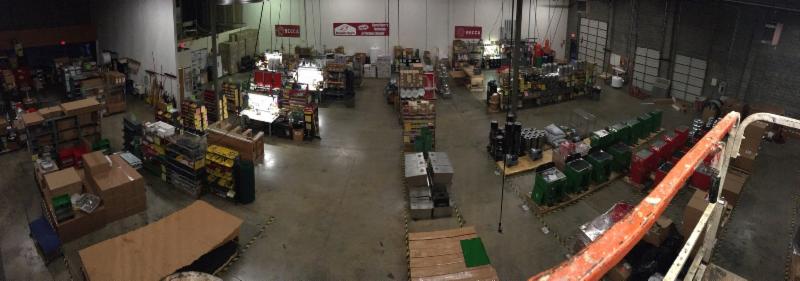Waiting On Paint To Dry
| HVA Systems Include: -Hand Held System -Fan Systems -Turbo Fan Systems -Directed Nozzle Systems |
The unavoidable process of waiting on paint to dry creates much unproductive time in auto body repair shops. At BECCA, we continue to see common issues regarding poor-performing air movement systems, as well as drying paint in paint booths. As A result, there are excessive dry times and contamination. The issue, found through BECCA’s studies, was High-Velocity Air (HVA) movement, any air movement systems with velocities around 300-400 fpm. The objective, create a system effectively addressing commonly encountered issues due to, slow dry times and contamination.
 HVA, in some situations, creates longer dry times due to boundary layers. HVA creates a boundary layer on smooth surfaces such as hoods, roofs, or any other flat surface. This effect is not always as drastic. The boundary layer on bumpers or other grooved surfaces can create major setbacks in dry times, even prolonging the drying process. In order for HVA systems to be effective, a change in direction of some systems specific to each job. This will ensure all surfaces are being addressed and/or consistently clean systems to prevent contamination.
HVA, in some situations, creates longer dry times due to boundary layers. HVA creates a boundary layer on smooth surfaces such as hoods, roofs, or any other flat surface. This effect is not always as drastic. The boundary layer on bumpers or other grooved surfaces can create major setbacks in dry times, even prolonging the drying process. In order for HVA systems to be effective, a change in direction of some systems specific to each job. This will ensure all surfaces are being addressed and/or consistently clean systems to prevent contamination.
Contamination
Contamination creates major setbacks in painting, since fixing it can require a rework or redo. Removing every source of contamination from the paint booth is nearly impossible. HVA is an agitator to contamination thus it can create increased contamination, increasing the chances of it ending up on the painted surface.
|
HVA Creates Longer Dry Times |
BECCA found that the industry standard of using high-velocity air (HVA) to dry paint was a major contributor to slow dry times and contamination. Addressing these issues with air movement systems could drastically speed up shop productivity and reduce the time a painter is waiting on paint to dry every shop’s unavoidable cost.
FLASH DRY is BECCA’s attempt to address slow dry times and contamination issues. Through multiple case studies, BECCA found that using a low-velocity air system sped up dry times by breaking the boundary layer thus reducing the chances of stirring contamination.
The Alternative
 The Flash Dry does not have a consistent velocity at the point of contact with the vehicle surface. As a result, Air movement can range anywhere from as low as 40 fpm to 280 fpm. The best way to describe the Dynamic Air movement utilized by Flash Dry is conflicting air movement. The air is constantly changing direction producing faster dry times and reducing the potential for contamination being agitated; affecting all surfaces on the vehicle including bumpers, grills, and fog lamp areas.
The Flash Dry does not have a consistent velocity at the point of contact with the vehicle surface. As a result, Air movement can range anywhere from as low as 40 fpm to 280 fpm. The best way to describe the Dynamic Air movement utilized by Flash Dry is conflicting air movement. The air is constantly changing direction producing faster dry times and reducing the potential for contamination being agitated; affecting all surfaces on the vehicle including bumpers, grills, and fog lamp areas.
Flash Dry has had tremendous success, especially in drying waterborne paint in various climates. On average we have experienced the Flash Dry cutting dry times up to 50% for waterborne and 20% for solvent-based paints, including primer, sealer, and clear coats. We have found the Flash Dry has successfully increased shop productivity to accomplish an extra vehicle a day.
To read more about slow dry times and contamination refer to the article “Electric Static Blower versus Compressed Air”


